Solicitud de presupuesto de envío
Calcularemos el precio del envío tan pronto como recibamos tu pedido.
Solicitud de presupuesto de envío
Calcularemos el precio del envío tan pronto como recibamos tu pedido.
También te podría gustar
Productos patrocinados
Lámparas de mesa italianas vintage neoclásicas, años 60. Juego de 2
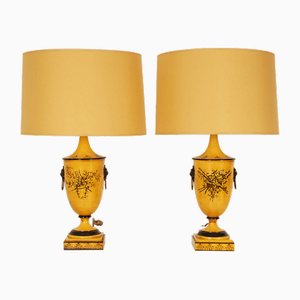
Lámparas de mesa o de pared Ice Cube de vidrio al estilo de Peill & Putzler, años 70. Juego de 2
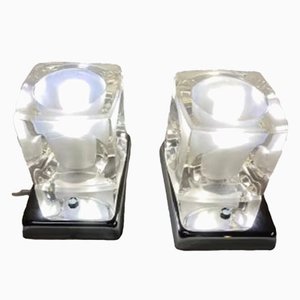
Lámpara de mesa floral de metal de Nordiska Kompaniet, años 70

Lámpara de mesa Gill de Roberto Pamio para Leucos, años 60
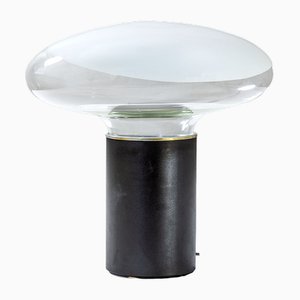
Lámpara Arlecchino de Murano con luz doble y pantalla
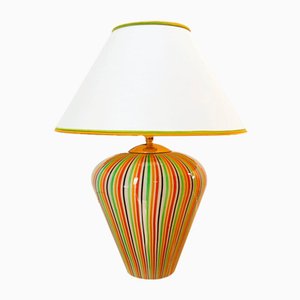
Lámpara de mesa NB100 de Louis Kalff para Philips, años 50

Lámpara de mesa en forma de piña de cerámica de Boch Frères Keramis
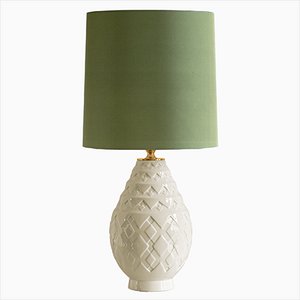
Lámpara de mesa Delft vintage en rojo de Regina, años 30
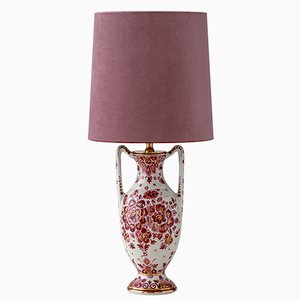
Lámpara de mesa hongo de cristal de Murano azul, Italia
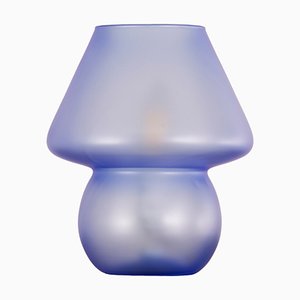
Lámpara Rubus Mid-Century moderna de cerámica de Gunnar Nylund para Rörstrand, Suecia
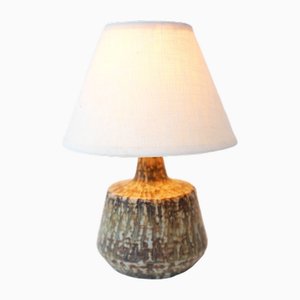
Lámpara de mesa grande de cerámica blanca de Aldo Londi, años 70
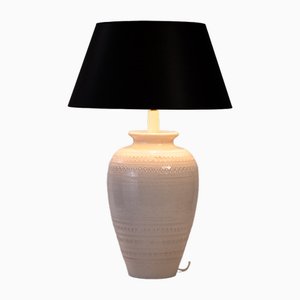
Lámpara de mesa vintage de Ludovico Diaz De Santillana para Venini, años 60
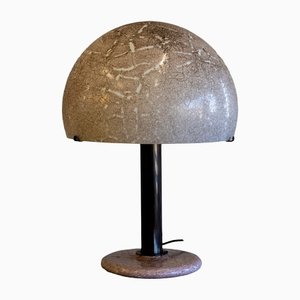
Lámpara de mesa italiana en piña de cerámica, años 70
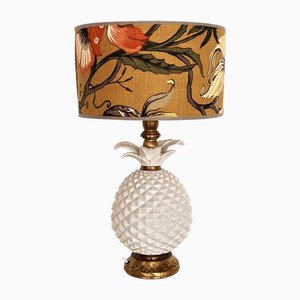
Lámpara de mesa Cubosfera italiana de Alessandro Mendini para Fidenza Vetraria, 1968
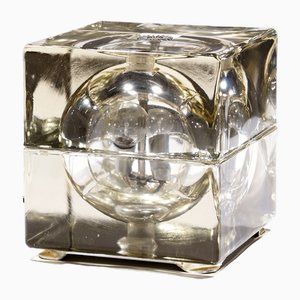
Lámpara de mesa Capalonga de Afra and Tobia Scarpa para Flos, 1982

Lámpara de mesa de De Pas, Durbino and Lomazzi para Stilnovo, años 70

Lámpara de concha de tortuga (tortuga) Hollywood Regency de latón de Ravarini Castoldi al estilo de Maison Jansen, años 70
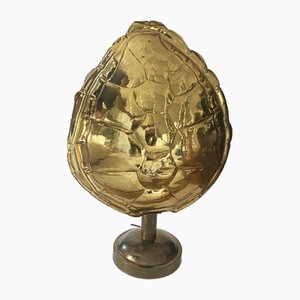
Lámparas de mesa escandinavas grandes de vidrio y latón atribuidas a Carl Fagerlund para Orrefors, Suecia, años 60. Juego de 2
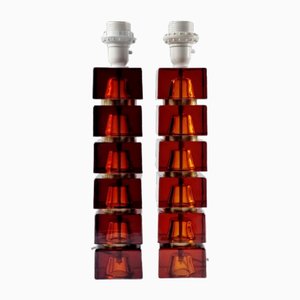
Lámpara de mesa de Paolo Tilche para Arform, años 60

Lámpara de mesa atribuida a Neue Wiener Werkstätte, Austria, años 90
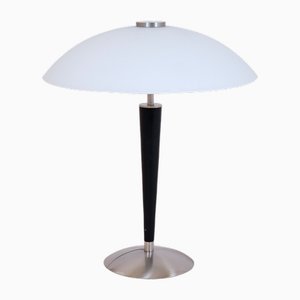
Más productos de este distribuidor
Mecedora Mid-Century Modern de contrachapado y cuero
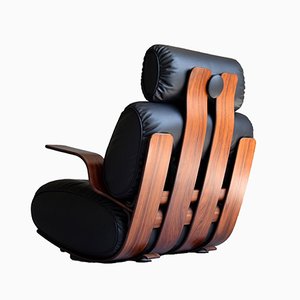
Espejo de pared italiano de acero inoxidable pulido, años 70

Lámpara de mesa Mid-Century de cerámica y seda de Pieter Groeneveldt, años 50
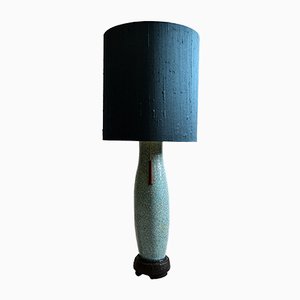
Vasarely, Heliogravure Vonal Lila, 1971, Fotografía
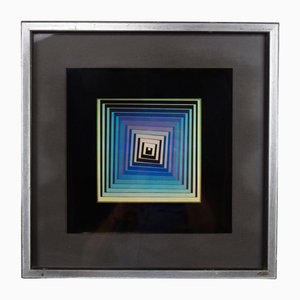
Kumi Sugaï, Zodiaco: Libra, 1970, Serigrafía
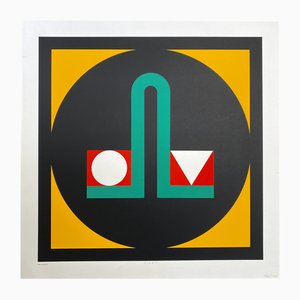
Sofá Mid-Century de aluminio y cuero negro de Andre Vanden Beuck
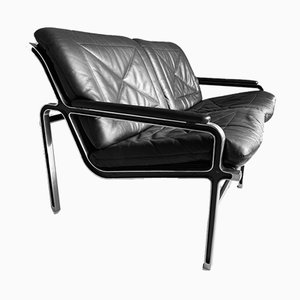
Lámpara de techo vintage con flores de cristal de Murano de Seguso
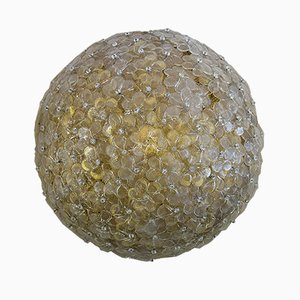
Fuente Martina de Andrea Branzi, 1989

Alfileres de seguridad decorativos grandes de Think Big, años 80
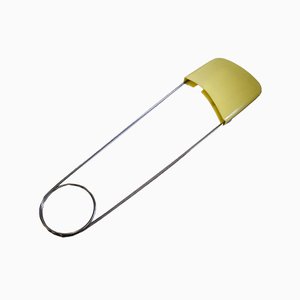
Lámpara de mesa de vidrio ahumado blanco con pantalla en aguamarina
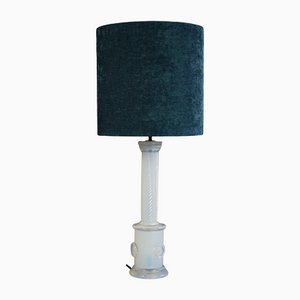
Kumi Sugaï, Violet, 1970, Litografía, Enmarcado
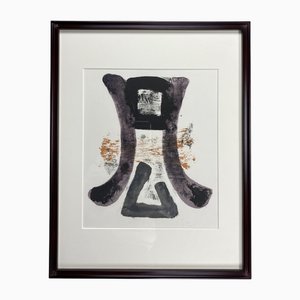
Mesa de centro Hollywood Regency de latón y vidrio de Peter Ghyczy
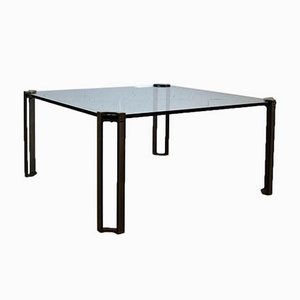
Sillas danesas vintage de pino macizo de Rainer Daumiller. Juego de 4

Lámpara de pie Mid-Century de Stilux Milano
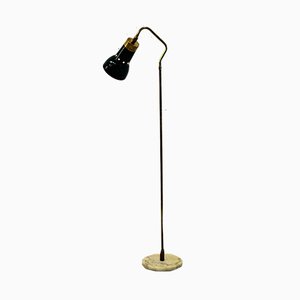
Kumi Sugaī, Signal A, 1974, Litografía

Sillón Straccio Mid-Century de cuero marfil de Zanotta, Italia

Lámparas de mesa de Matteo Thun para Tronconi, 1989. Juego de 2
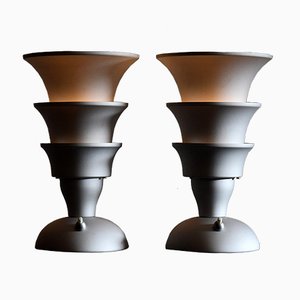
Royal Guardsman grande de Kay Bojesen
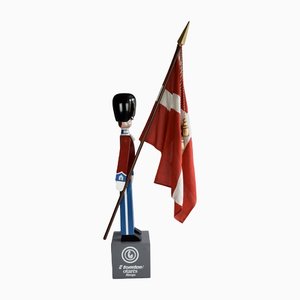
Espejo de tocador italiano Mid-Century de latón de Brusotti
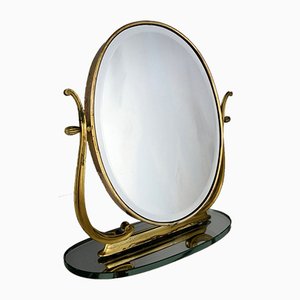
Sillón posmoderno de Yrjö Kukkapuro para Avarte, 1980

Más productos
Contacta con nosotros
Haz una oferta
¡Hemos notado que eres nuevo en Pamono!
Por favor, acepta los Términos y condiciones y nuestra Política de privacidad
Contacta con nosotros
Haz una oferta
¡Ya casi está!
Para seguir la conversación en la plataforma, por favor completa el registro. Para proceder con tu oferta en la plataforma, por favor completa el registro.Exitoso
Gracias por tu consulta, alguien de nuestro equipo se pondrá en contacto contigo en breve.
Si eres profesional del diseño, por favor solicita aquí los beneficios del Programa comercial de Pamono